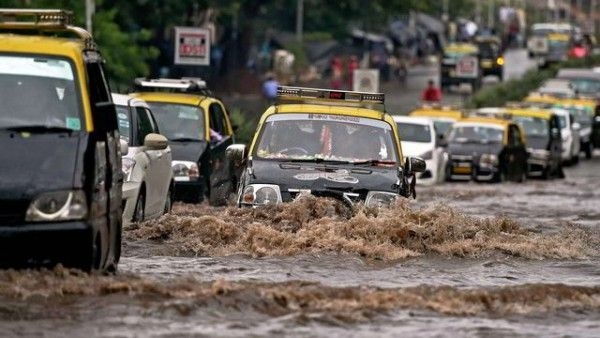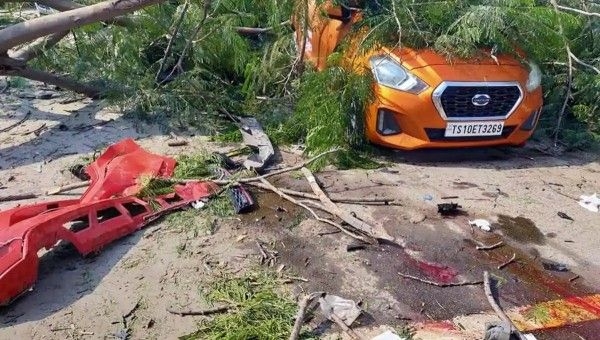General Help
Get information about our website or Droom services
India is having a torrid 2020 with Coronavirus Pandemic sweeping across the entire nation. Then, the super cyclone Amphan hit the eastern coast and now we have Cyclone Nisarga approaching the coasts of Maharashtra and Gujarat. Low-lying areas are expected to be submerged with the infrastructure bearing the brunt of this natural calamity. Recently, Kolkata was hit hard by Amphan Cyclone with several areas inundated with water and vehicles being damaged by the falling trees or waterlogging.
Citizens need to be on their guard and protect their vehicles against the Cyclone Nisarga. Here are the 'Top 10 things to Safeguard your Car or Bike':
Basement parking is most susceptible to waterlogging in residential areas and it’s best to avoid such places for the parking of vehicles. Waterlogging in the basement can cause damages to the vehicles.
Cyclone winds often reach 100-150kmph speed and such velocity can cause damage to infrastructure. Vehicles shouldn’t be parked near trees, poles or even old walls. It’s in best practice to search for a covered parking area to minimize damages to the vehicles. Activate the handbrake to avoid the movement of vehicles during the storm. In case of a bike, tie it with rope to a solid structure to avoid it getting swept away.
Flying debris can cause significant damage to the vehicles in the event of a cyclone. Once the storm ends, make sure to carefully check the vehicle for any damage caused by debris while making sure there is no broken wire around the car.
Insurance companies need to be notified in case you find damages incurred to the car or bike. Once the storm ends, you need to call the insurers to identify the extent of damage caused. Make sure that you don’t start the vehicle in the event of waterlogging and damages. In case, the vehicle suffers more damage due to your action, it won’t be covered under insurance.

It’s important to check the level of flooding in the vehicle. If the water level is above the vehicle doors, we can assume that the interiors are also wet. Drying out the interior would be the first priority. If the water level is above the bonnet/grille, immediately contact your insurance firm.

In case the damage is minimal, drying out the vehicle would be the first task. Keep the doors open and vacuum dry clean the interiors. A wet interior is often the cause of bad smell inside the car. Remove the damp floor mats and get in touch with the car service centres in case the upholstery and fabric are damp.
It’s advisable to not start the car if the water level is above the bonnet level as the chances are that the water has entered the engine. Please make sure to check the oil indicator for any presence of moisture before starting the car.
It’s advisable to do a thorough check of the battery and other electrical components. Check AC, power windows, door locks before starting the engine.
Fuel leaks like coolant, brake fluid or even fuel need to be spotted before starting the car. Call the mechanics to fix the leak before igniting the engine. If you live in a coastal area, the probability is high that the car will suffer from corrosive damages and especially under the body.
Tyres often suffer from wear and tear and water can seep into the gaps. Before taking out the car for a spin, make sure to replace the tyres if you observe the damage.
Read Also: EXCLUSIVE: MG Hector Plus India Launch in July First Half